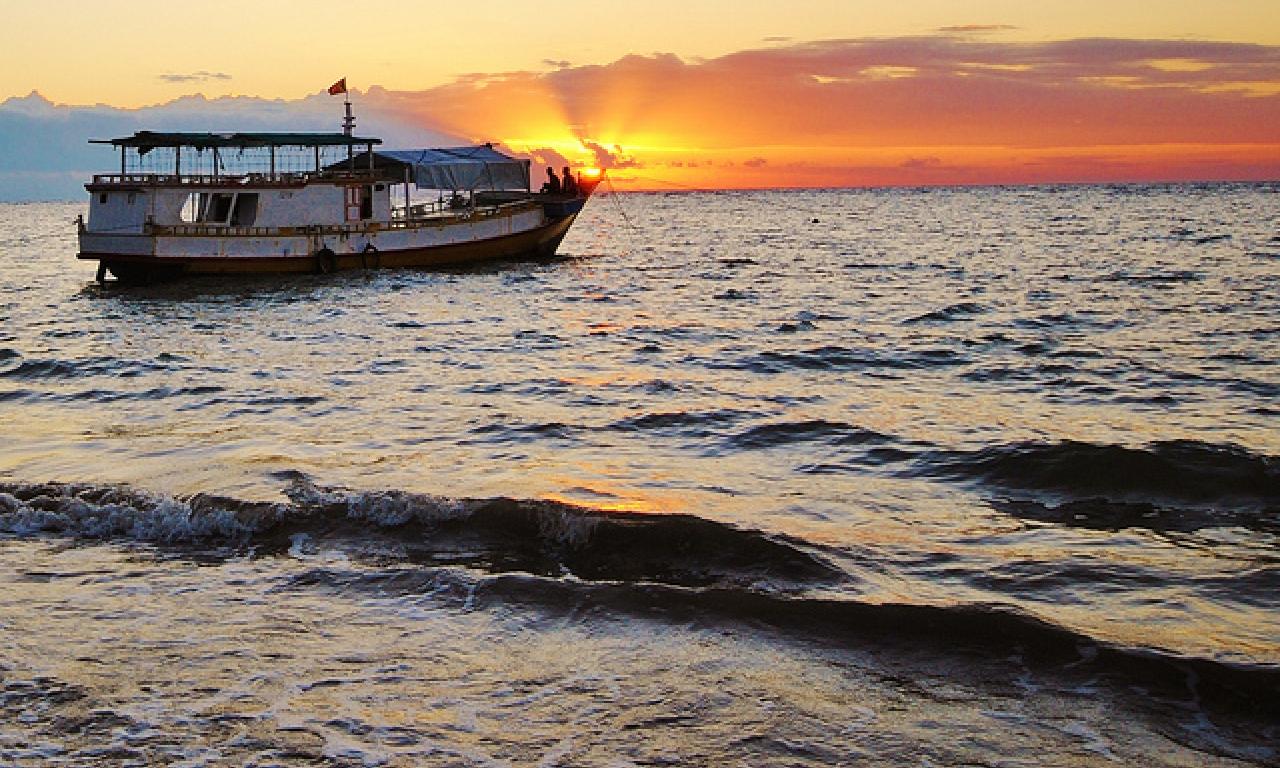
It’s easy to forget just how environmentally friendly wild capture fisheries are as a means for providing food. Jessica Gephart and her colleagues remind us. At WorldFish, we spend a lot of time thinking about how improving fisheries and aquaculture can reduce poverty and hunger. We focus our research on how fishing and aquaculture can increase incomes and improve rural economies and how we can increase the affordability and availability of fish to improve health and nutrition among vulnerable populations. Less often do we think about how fishing and aquaculture can save scarce resources.
Recommended publications
- The benefits of aquaculture
- Community based fisheries management: Capturing the benefits
It’s easy to forget just how environmentally friendly wild capture fisheries are as a means for providing food. Jessica Gephart and her colleagues remind us.
At WorldFish, we spend a lot of time thinking about how improving fisheries and aquaculture can reduce poverty and hunger. We focus our research on how fishing and aquaculture can increase incomes and improve rural economies and how we can increase the affordability and availability of fish to improve health and nutrition among vulnerable populations. Less often do we think about how fishing and aquaculture can save scarce resources.
Water is one such resource.
Download The demand for water has risen over the last century at double the rate of population growth Below.
Recognizing that more than 80 percent of the water we use is for food production, a recent paper by Jessica Gephard and colleagues asked: how much water do we save by eating marine fish? With water usage predicted to increase by 50 percent by 2025 in developing countries and 18 percent in developed countries, it’s a question worth asking.
Gephard and her team looked at the amount of extra water per person each country would need to find if it were to replace the marine protein it consumed with terrestrially produced food sources. To calculate the savings, the water required for the average gram of terrestrial protein eaten was multiplied by the grams of fish protein they consumed.
Because different terrestrial food sources have different water demands, the authors looked carefully at the composition of the diet in each country and calculated the savings accordingly. They also estimated the cost of substituting marine fish with protein solely from terrestrial animal sources which require 8 to 10 times more water than crops.
The results are striking: the total savings in water we make each from eating marine fish are between 300 and 390 cubic kilometres. This is enough water to produce all the goods and services consumed by 250 million people for a year, equivalent to 5 percent of our total global water usage.
Savings of this order may become increasingly important to the food and water security of certain countries. For example, the Republic of Korea has limited renewable water resources and little ability to increase it’s available agricultural lands; the 12 - 18 percent water savings that could be realized by consuming marine fish is significant. Similarly, Ghana has plenty of available land, but is vulnerable to water shortages, so the 12 - 13 percent water savings that come from eating marine fish is important.
Gephart and her colleagues prove that water and food are inextricably linked and that the benefits we gain from marine fisheries and aquaculture extend beyond the obvious. Water savings is yet another reason to invest in ensuring that their contributions are sustained and enhanced.
Download "The demand for water has risen over the last century at double the rate of population growth" Below.